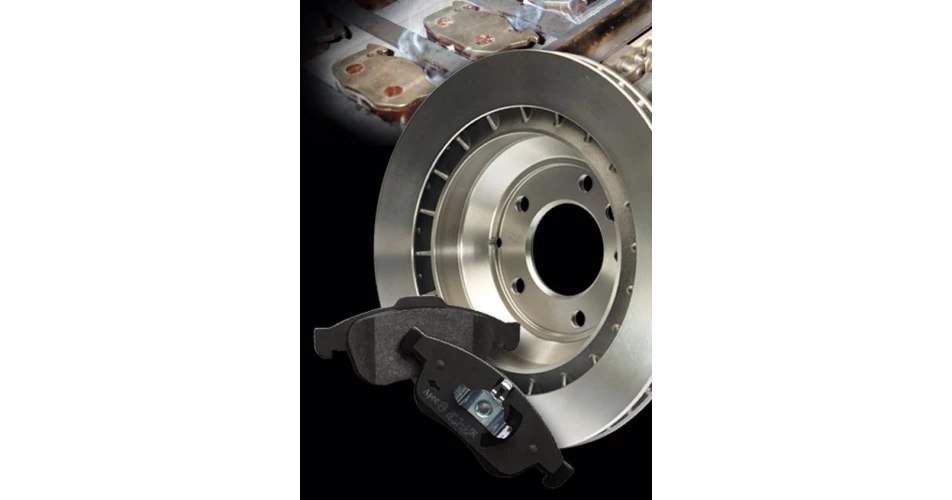Brake specialists Apec have issued some useful advice to technicians on how to combat the annoying problem of brake judder.
Judder can often cause a pulsing sensation through the brake pedal or shaking through the steering wheel on braking. Apec says the cause is almost always that the brakes are suffering from Disc Thickness Variation (DTV).
DTV means the outside and inside disc surfaces are no longer parallel, so the pads are pushed into the thinner areas and kicked back out by the thicker areas. This violent movement is transmitted back through the caliper pistons and brake fluid to the pedal.
There are several reasons for DTV such as poor quality manufacturing, incorrect fitting, sticking calipers and bad driving. Apec points out that its discs are made to exceptionally high standards with very close tolerances, meaning it with its products manufacturing quality is not an issue.
Poor fitting can however often be an issue with dirt a particular problem. Technicians need to make sure the hub is completely clean before fitting a new disc. Even the tiniest spec of dirt or rust causes an inboard-outboard movement that increases towards the outer edge of the disc. It probably won’t be apparent when the owner drives away, but with repeated brake applications either the disc wears unevenly, or brake pad material is deposited unevenly, with both causing judder.
Another problem to look out for is if the caliper slide pin or guidepost pin is rusted, dirty or bent, the caliper won’t ease back from the disc when the brake pedal is released, causing the pads to rub against the disc. This leads to an uneven build-up of pad material and hot spots on the disc, both resulting in judder.
The need to bed in new pads also needs to be made clear to customers. Apec says its pads make bedding-in easier than almost all other makes, because the High Pressure Treatment (HPT) process used during their manufacture reduces the time required for bedding-in. However, it’s still necessary to treat the brakes gently for the first few hundred miles. This is because bedding-in transfers an even layer of pad material to the discs, providing a consistently smooth surface that means the whole pad will contact the disc on each application, without creating high spots. Braking hard before this ‘protective’ layer has built-up means the transfer of material will be patchy and uneven, again leading to the dreaded DTV.
In summary, Apec advice is to make sure the disc and the hub are both scrupulously clean before fitting, make sure the caliper slides freely on its pin and to persuade customers that a little patience during bedding-in is well worthwhile.
